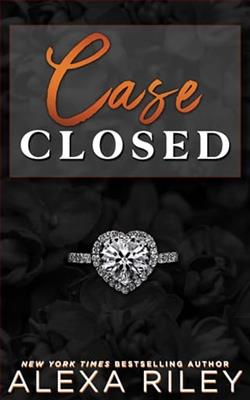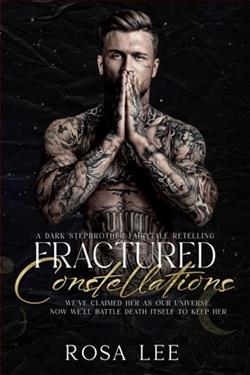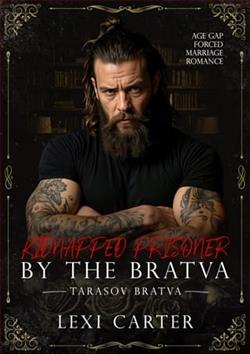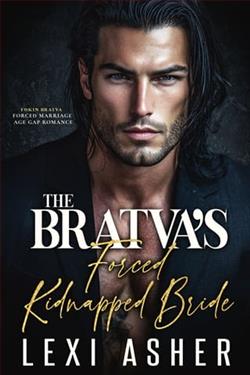Page 16 of Fated
“Do you like it?”
“Where did you get it?”
It’s the watch.
The watch.
The watch that I joked with Max about after he asked what I’d want to inherit. The first watch Adolphus Abry ever made.
It’s been missing for nearly eighty years. Stolen, misplaced—no one ever knew exactly what happened to it. I’ve only ever seen black-and-white photos and drawings.
But it’s easy to recognize.
It’s a work of art.
In old Geneva there were many goldsmiths. When the protestant revolution arrived, wearing adornments and jewelry was made illegal. What were hardworking goldsmiths to do? They turned to watchmaking.
The goldsmiths, the Huguenots fleeing France—all of this melded to make Geneva the pinnacle of the world’s watchmaking empire. In 1838 Adolphus Abry was an apprentice watchmaker. Family legend says the first watch he crafted on his own held all his dreams. He poured his dreams into the gold, into the enamel powder, into the perfectly ticking second hand.
He wanted to create beautiful art. To build a business that rivaled the best. To earn enough so he could marry the girl he’d been in love with all his life. That watch made his dreams come true. With it he received enough commissions to build Abry.
The pocket watch is nestled in black velvet.
The light catches the watch’s gold case. It glistens under the lamplight as if it were just polished this morning. The buttery yellow gold gleams, and the gold chain circles the round case. There aren’t any gems, no hand-cut sapphires or diamonds. There’s only the smooth, rounded yellow gold and the lustrous, gleaming enamel the color of vibrant lapis lazuli gently flowing into the soft, creamy white of sea-foam.
I can see now why everyone who’s ever seen this watch says it holds Adolphus Abry’s dreams. Staring into the deep blue of the dial is like staring into an ocean of dreams. You can almost see them set there in the watch face, mirrored back to you on the surface.
I hesitate, then I reach forward and touch the edge of the watch case. The gold is warm, not cold, as if it’s recently been held in someone’s hands.
There’s a spark there, a feeling like the one you get when you sit at the top of the Tor in Glastonbury or when you walk into the seven-hundred-year-old Salisbury Cathedral and all the stained-glass windows are lit and glowing from the sunrise.
“Magical, isn’t it?”
I smooth my finger over the edge of the gold and nod. “How did you find it?”
The watch is still, the gold hands unmoving. It’s manually wound mechanical movement. The last I heard, it still keeps time perfectly.
I wonder what will happen when I wind it.
“Six months ago, after you were shot?—”
I flinch, though my mum continues unaware.
“—I decided to visit Carl, the goat herder. Great hands. Remember him?”
“No.” I wonder if my mum finds it odd that after her daughter was shot she decided to visit a goat herder rather than her only child laid up in hospital.
“You know, Carl. Harry’s brother. From Wiltshire. Marjorie’s son.”
I have no idea who any of these people are.
“Anyway, on my way to see Carl—he’s in Croatia now—I was thinking about the woman shooting you on Christmas Eve and I remembered your father’s great-uncle Leopold.”
I raise my eyebrows in question.
“It was the strangest thing. Every time I thought about you being shot, I thought, ‘Buttercup, youmustvisit Leopold.’ He came to the wedding and gave your father and me a silver tea service. Everyone at the wedding refused to acknowledge him. But I liked his shoes. They were shaped like crocodiles.”
“Sorry, what?” Uncle Leopold? I narrow my eyes and concentrate on remembering the many branches of our family tree. “I don’t remember an Uncle Leopold.”















